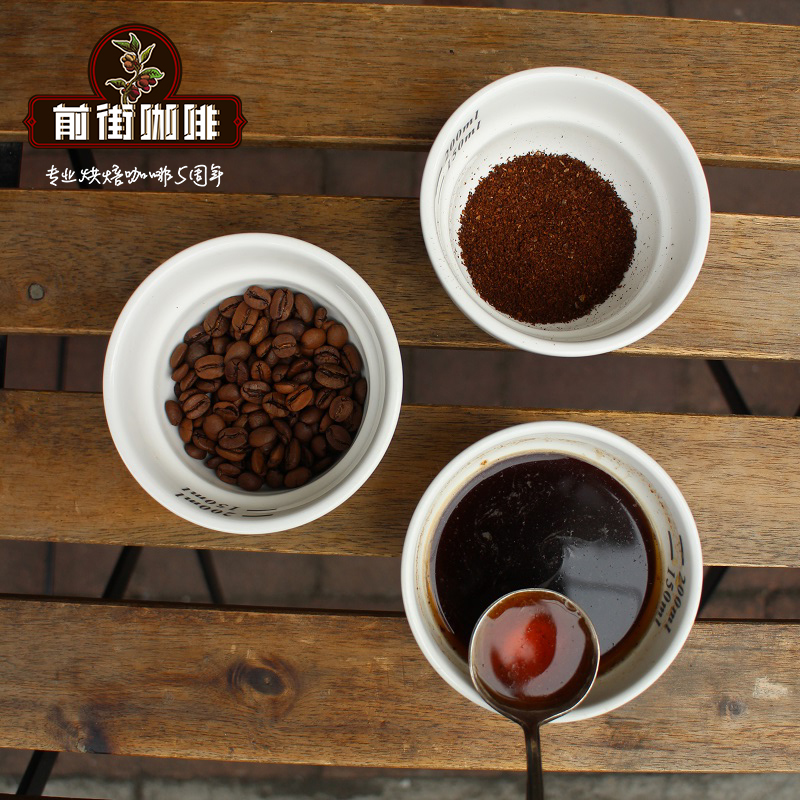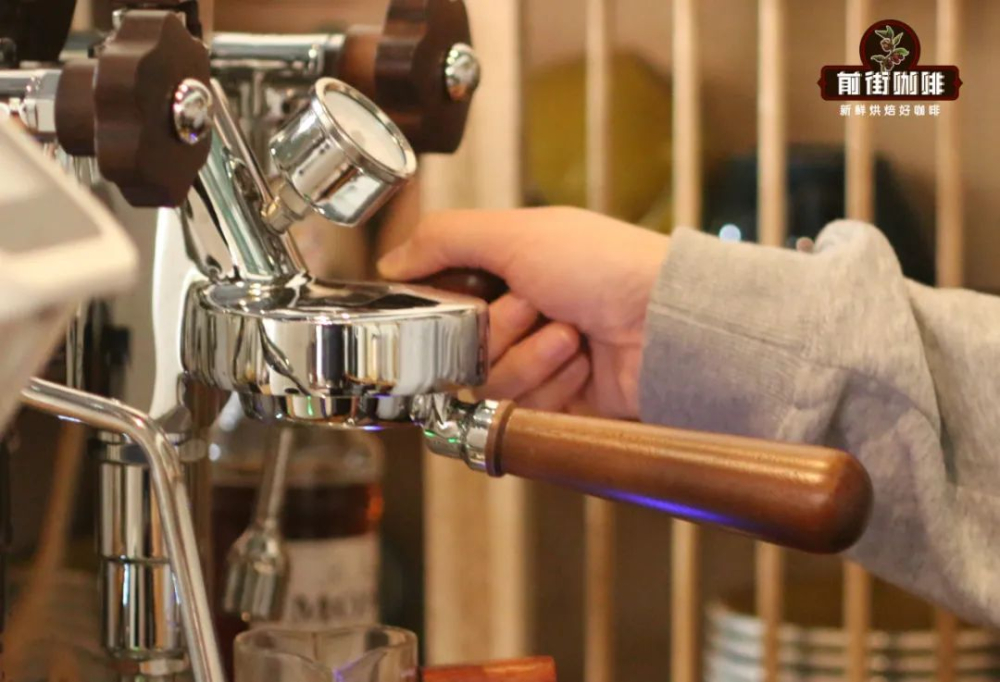Treatment of raw coffee beans | what is the principle of low temperature anaerobic fermentation treatment?

As traditional coffee bean processing methods: sun, washing, honey treatment, Indonesia's wet planing method are several of our common processing methods.
As the global coffee consumption market expands and coffee production technology evolves, coffee processing plants or coffee farms are experimenting with different processing methods to stimulate more distinctive flavors of coffee beans. Among them, anaerobic fermentation in recent years in the coffee competition exposure is extremely high, increasingly popular.
Little friends who know a little about coffee should know that traditional sun, washing, honey treatment, mostly exposed to the open environment, so the bacteria that act with coffee beans are usually oxygen-loving bacteria, such as photosynthetic bacteria, yeast flora, etc.
Then,"low-temperature anaerobic fermentation" as its name implies: under the control of low temperature conditions, coffee beans and anaerobic species are fermented.
The birth of anaerobic fermentation
Anaerobic fermentation was first developed in Costa Rica, the most imaginative coffee processing country, by coffee farmer Luis Eduardo Campos, and developed a few years later by WBC champion Sasa Sestic.
Sasa Sestic from Australia won the WBC (World Barista Competition) 2015 title with a coffee bean that mimics "red wine treatment"(anaerobic fermentation).
Anaerobic Fermentation and Flavor Characteristics
According to Sasa Sestic himself, the method is to inject carbon dioxide into a closed container, squeeze out the oxygen inside, in an oxygen-free environment, the temperature must be lower than 10-15 degrees, slow down the decomposition rate of sugar in coffee pectin, PH value also drops at a slower rate, extend the fermentation time, thereby developing a better sweetness, and a more balanced flavor, and finally get a coffee bean with different flavor.
This treatment method is different from the general sunlight method, which is easy to cause excessive fermentation of fruit. Anaerobic fermentation can precisely control the fermentation time to avoid excessive fermentation. Therefore, it can obtain a fuller aroma and pure taste than the traditional treatment method. The coffee beans produced have a fuller body, bright aroma, low acid and better sweetness.
In short, the goal of anaerobic fermentation is to reduce the uncontrollable factors of the external environment on the fermentation process, and to increase its roundness and sweetness by performing fermentation in an oxygen-free environment for a long time, avoiding uncomfortable dryness and acetic acid.
In the "anaerobic fermentation" process, pectin residue, temperature, time and other variable control will affect the final fermentation state of coffee beans, low temperature control will make the fermentation process slower and more stable.
Therefore, anaerobic fermentation under precise control can not only bring a slight sour and sweet feeling, but also perfect body. It takes years to find the right balance.
Important Notice :
前街咖啡 FrontStreet Coffee has moved to new addredd:
FrontStreet Coffee Address: 315,Donghua East Road,GuangZhou
Tel:020 38364473
- Prev

What's the difference between SOE coffee and hand-made beans? Is the roasting degree of soe coffee suitable for hand brewing?
First of all, the baking goal: do you want to do shallow baking, medium baking, or deep baking? Second, the case of raw beans: how raw beans are handled and what this means for your baking curve; furthermore, extraction methods: the most decisive factor in the choice of baking curve is that this bean is used to add.
- Next

Rose Manor in Tara Pearl region of Costa Rica introduces the flavor of washed Kaddura.
Producing area: Tara Pearl producing area of Costa Rica Manor: rose Manor altitude: 1100-1300m varieties: Kaddura treatment: washing grade: SHG flavor: dry fragrance is the frankincense of cream popcorn, with the fragrance of Hawthorn bergamot when brewing, the taste is smooth, delicate, even and pleasant, the slight fruit acid is cool in the mouth, the sweetness of honey brown sugar is really sweet and floats in the coffee.
Related
- Beginners will see the "Coffee pull flower" guide!
- What is the difference between ice blog purified milk and ordinary milk coffee?
- Why is the Philippines the largest producer of crops in Liberia?
- For coffee extraction, should the fine powder be retained?
- How does extracted espresso fill pressed powder? How much strength does it take to press the powder?
- How to make jasmine cold extract coffee? Is the jasmine + latte good?
- Will this little toy really make the coffee taste better? How does Lily Drip affect coffee extraction?
- Will the action of slapping the filter cup also affect coffee extraction?
- What's the difference between powder-to-water ratio and powder-to-liquid ratio?
- What is the Ethiopian local species? What does it have to do with Heirloom native species?

